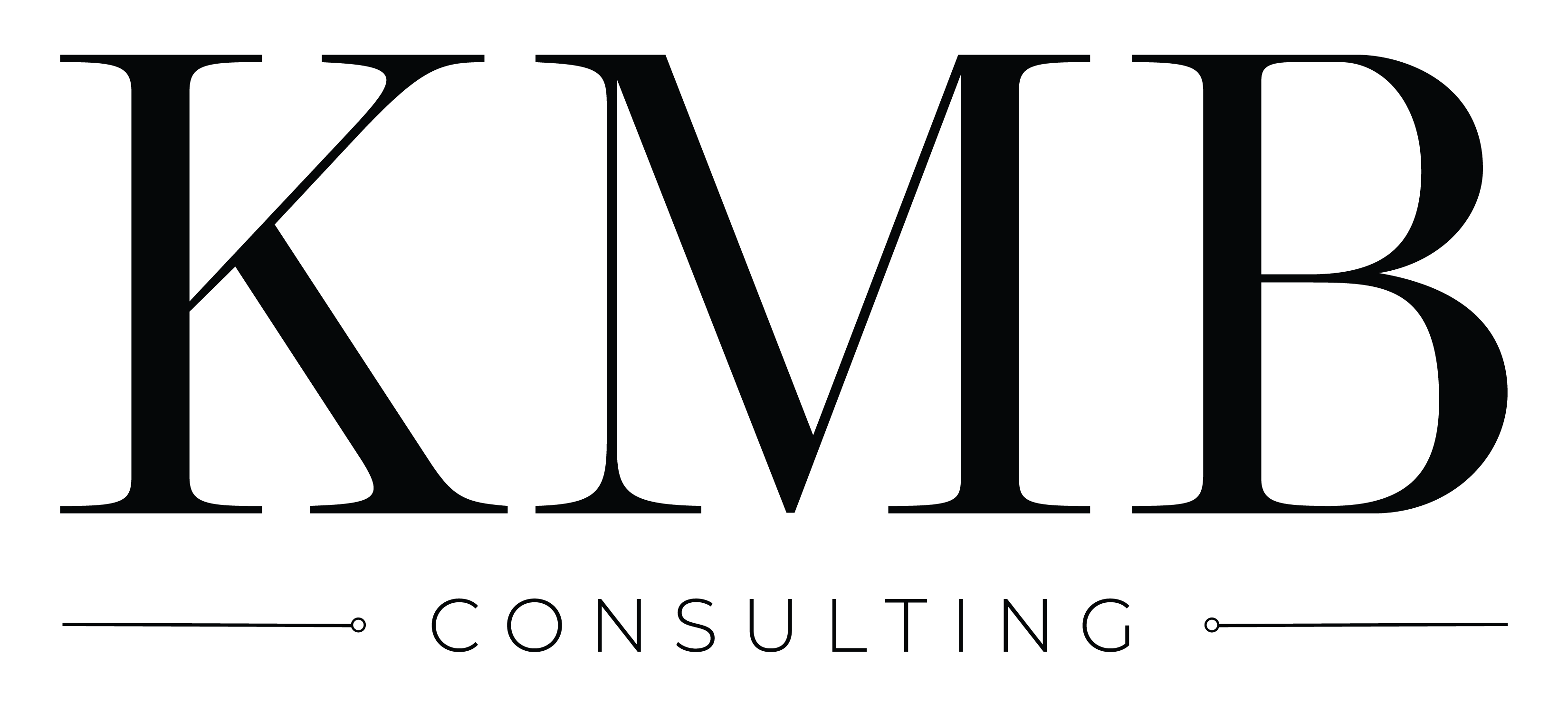How much of an ROI has your business achieved after your tech innovation?
Are you using what you paid for?
These are the questions many business leaders are asking themselves as the dust settles from the COVID era. Years of unease, reactive business decisions, and a looming recession make for an uncharted business landscape that many are finding difficult to navigate.
Amidst the surge of layoffs within the tech industry, we find ourselves reflecting on how we got here and how best to move forward. Looking back through the lens of one of the most prominent tech companies globally, let’s consider the numbers:
- Salesforce’s annual revenue for 2022 was $26.492 billion, a 66% increase from 2021.
- Salesforce’s annual revenue for 2021 was $21.252 billion, a 3% increase from 2020.
- Salesforce’s annual revenue for 2020 was $17.098 billion, a 73% increase from 2019.

Do the math: this means that from 2020 – 2022 Salesforce sold $64B+ in Software as a Service (SaaS) contracts, increasing by ~25% every year. When everyone read about the current (and looming) layoffs of over 8,000 Salesforce employees in January, it left many people in shock and wondering what could happen to the software giant and its eco-system of integrated applications, partner products, Trailhead enthusiasts, and consulting network.
This doesn’t necessarily mean that there is something wrong with the company or its ecosystem. It just means it’s adjusting from the COVID boom that propelled an insatiable appetite for Salesforce products amid a drastic requirement for businesses to innovate their technology footprint quickly to survive.
That time has ended. Businesses are adjusting to a world without additional government funding as well as customers beginning to revert to some of their sales and buying behavior pre-2020. And if you haven’t heard – we are approaching – or already in – a recession.
This means that companies are re-evaluating their operating budgets and looking for ways to reign in their spending and focus on what they have, not so much on what they want.
This leads to an incredible opportunity for the technology industry to shift their focus from building, innovating, and creating, to auditing, reviewing, and optimizing the tools and processes in place and look for ways to do more, to do better, to improve and to learn. This is how businesses will gain an edge in the years to come.
For companies like Salesforce, this caused layoffs – to trim the resources they no longer needed and improve profitability for the coming years.

For others this means:
- Improving their data practices and insights – leveraging the outputs of their current tech investments
- Improving their processes – looking for efficiencies that reduce manual intervention, eliminating ‘band-aid’ solutions introduced to overcome a time-crunch in delivery, or finding ways for their business units to work better together
- Improving their resourcing – skilling up or cross-training their current staff to ensure they have the right people in the right roles to create efficiencies and drive growth
- Improving their strategies – from lead generation and sales hand-off, to re-thinking their go-to-market strategy or value proposition – as the market’s demand and wants have changed so quickly, sales and marketing strategies must change too if companies are going to succeed
Overall, there is an incredible opportunity for businesses to shift their focus from technology implementation to technology utilization; in many cases, to do that requires outside perspective and assistance.
At KMB Consulting, we believe in taking a five-pillar approach to understanding an organization’s next steps — especially when it comes to large technology investments.
Successful utilization of technology is not just about the tech – it’s also about the data that powers it, the strategy surrounding it, the process to support it, and the people who use it.
We have created a short survey that aims to uncover whether your technology investment is delivering on its intended ROI by exploring each of these 5 pillars.





